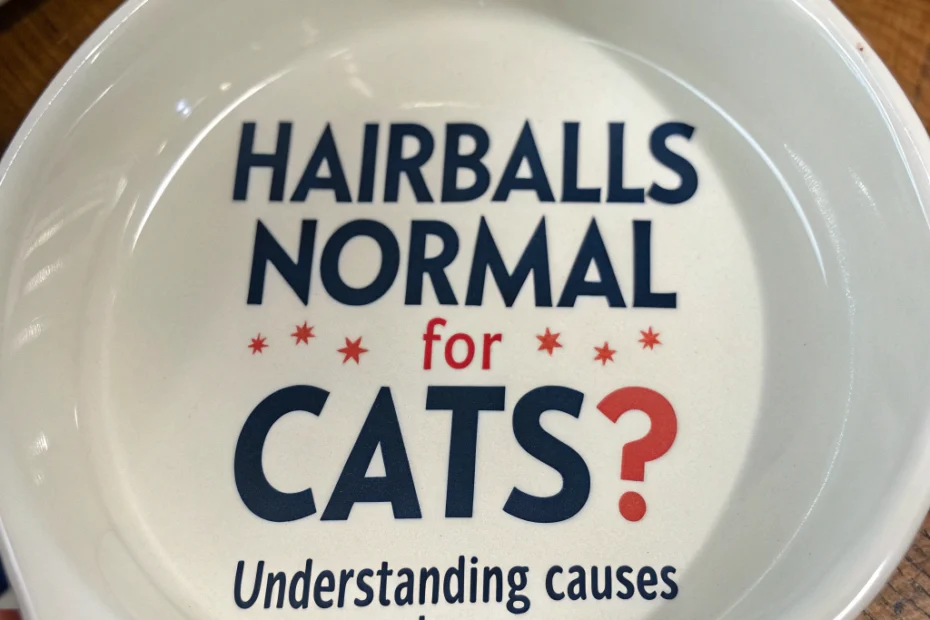At-a-Glance
Hairballs are a common occurrence in cats due to their grooming habits. While they are generally normal, frequent hairballs may indicate an underlying health issue. Understanding what causes hairballs and how to manage them can help you ensure your cat’s well-being.
How to Choose
When dealing with hairballs, choosing the right products can make a difference. Look for cat food formulated to reduce hairball formation. These foods often include fiber that helps move hair through the digestive system. Additionally, consider grooming tools like brushes or combs that can help minimize shedding.
Safety & Setup
Safety is key when setting up a grooming routine to manage hairballs. Ensure you use tools that are gentle on your cat’s skin. Regular grooming sessions can prevent excessive hair ingestion. Set up a comfortable spot where your cat feels relaxed during grooming.
Core Pillars
The core pillars of managing hairballs in cats include proper diet, regular grooming, and hydration. A balanced diet with fiber supports digestion and helps prevent hair accumulation. Regular grooming reduces the amount of loose hair your cat can swallow. Hydration is critical, as water aids in digestion.
Placement & Environment Tips
Consider the environment where your cat spends most of its time. Keeping it clean can reduce loose hair. Place grooming stations in areas your cat enjoys, ensuring the experience is pleasant and stress-free. Regularly wash your cat’s bedding to minimize hair buildup.
Comparison with Alternatives
While some might consider over-the-counter remedies for hairballs, natural solutions like dietary adjustments and grooming are often more effective. Medications should only be used under veterinary guidance. Prevention through diet and grooming is less invasive and supports overall health.
FAQs
- Are hairballs dangerous for cats? Hairballs are generally not dangerous, but frequent hairballs can cause blockages. If your cat shows signs of distress, consult a veterinarian.
- How can I reduce my cat’s hairballs? Regular grooming, dietary changes, and ensuring your cat stays hydrated can help reduce hairballs.
- What should I feed my cat to prevent hairballs? Choose high-fiber cat food specifically designed to manage hairballs.
What to Do Next
If you notice an increase in frequency or discomfort related to hairballs, it’s best to consult with your veterinarian. They can provide tailored advice and rule out any potential health issues. Continue to focus on a balanced diet, grooming, and hydration to support your cat’s health.
Disclaimer: Always consult your veterinarian for personalized advice regarding your cat’s health.
